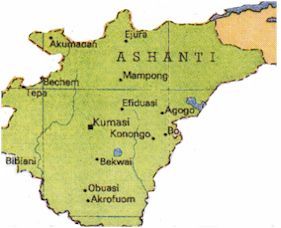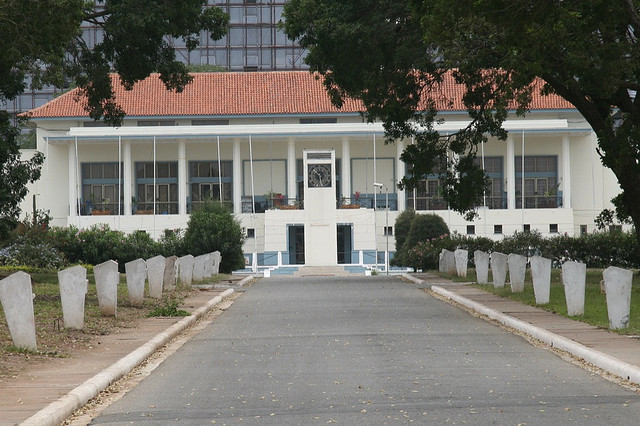Ghana and its Resources

The Portuguese traders started trading with Ashanti Kingdom since 15th century. The Portuguese started a trading center along the coastal region of Ghana during that period. The Swedish, Danish and German traders followed the Portuguese traders and arrived in the coastal region of Ghana. They started trading in gold, diamond and cocoa. The British traders were late in arriving at the coastal region of Ghana. Most of the European traders were active in Gold coast during the 17th century. More than 36 forts and trading points were established by the European traders along the coastal region of Ghana. During 1874 the British traders established control some places along the coastal region. They established the British Gold Coast Territory over some parts of coastal region of Ghana. Due to increasing involvement of European traders in internal affairs of Ghana, there were conflicts between the local rules and the European Traders.
During the earlier conflicts, the Ashanti rulers and other Akan rulers defeated the European Traders. But due to advance fire power and developed battle practice, the British power defeated the local rulers and Ashanti Kingdom during the early part of 20th century. The territory of Ghana was divided into four regions as the colony of Gold Coast, Colony of Ashanti, Protectorate of Northern Territory and Trust territory of Togoland. The first three regions combined together and formed the present territory of Ghana. The Trust territory of Togoland became a separate country as Togo.

During 1981, there was military coup and the government was taken over by the Military Council. During 1983 there was coup by the junior officers Jerry Rawling took over the government of Ghana. He was elected as the President of Ghana as candidate of NDC during 1992. Again he was reelected as the President during 1996. In the year 2001, there was election and Kuffor became the President of Ghana. He was elected as the candidate of NPP. He was reelected as the President of Ghana during 2005. In the year 2009 John Evans Atta Mills of NDC was elected as the President of Ghana. The Vice President John Dramani Mahama became the President after the death of the President Mils in the year 2012. Mahama was elected as the President of Ghana during 2014.
Ghana is the founder member of African Union. Ghana is a member of Non Aligned Movement. Ghana is a member of G-24. African Economic Community is formed to provide scope for free trade inside Africa and liberal movement of people within Africa. Ghana is a founder member of AEC. It is expected to be effective by 2015. Economic Community of West African States or ECOWAS is a forum for 16 West African member states. Free movement of goods, services and people across the borders of its member states is allowed. Ghana is a founder member of ECOWAS since 1975. It helped the member states and regional trade in West Africa increased significantly.